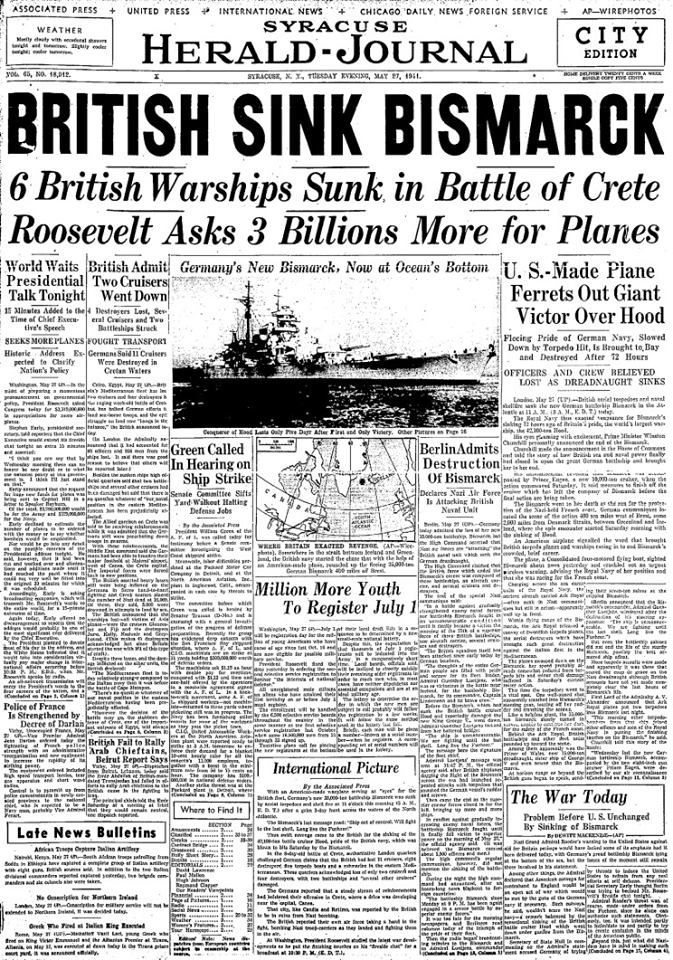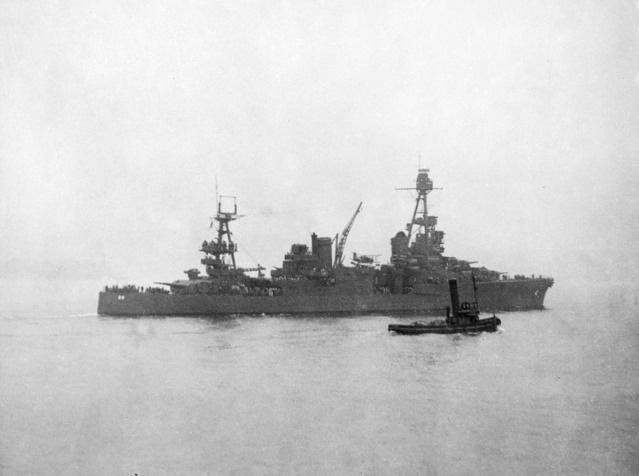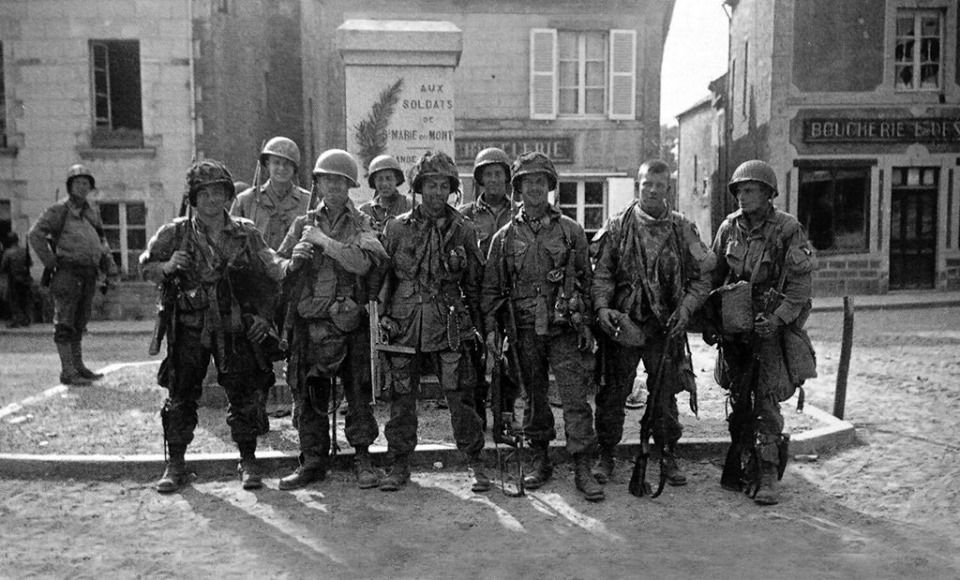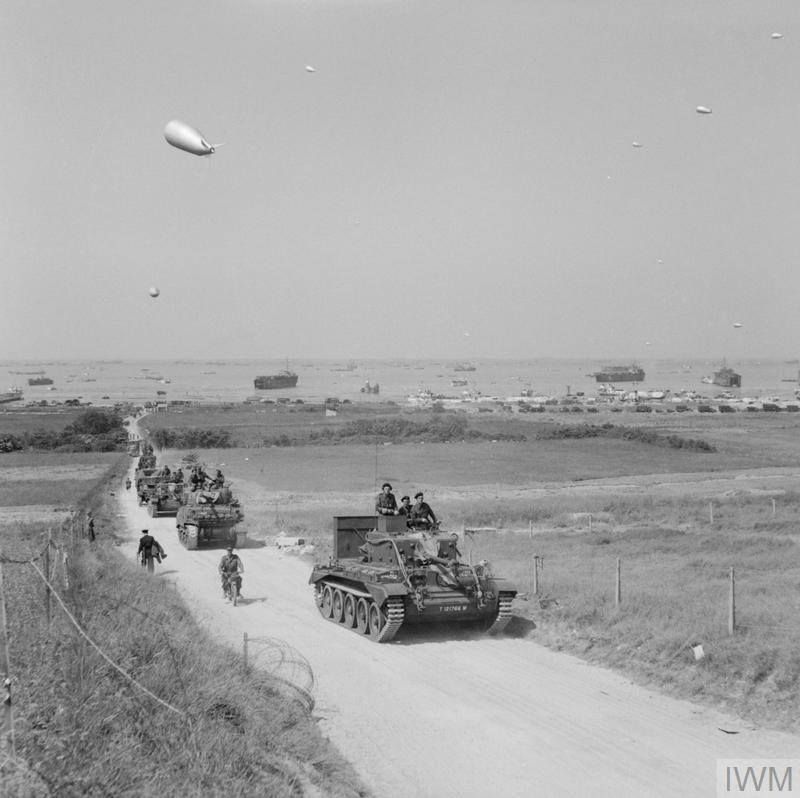June 8, 1940. Norway
Evacuation of Narvik. French and Polish troops, pursuing General Dietl’s forces towards Sweden, pull out overnight and return to Narvik leaving dummies to fool the Germans. Group II troopships embark the final 4600 Allied troops (British, French and Polish) and depart Narvik, escorted by aircraft carrier HMS Ark Royal, cruisers HMS Southampton and HMS Coventry and 11 destroyers. The convoy is spotted by German reconnaissance planes and bombed continuously until out of range but without damage. Germans quickly assess the withdrawal and retake Narvik.
Operation Juno. German cruiser Admiral Hipper sinks British tanker Oil Pioneer and escorting armed trawler HMS Juniper (20 lives lost, Hipper picks up 29 survivors). Later, Hipper sinks empty British troopship Orama (19 lives lost, 280 rescued by German destroyers) but spares hospital ship Atlantis. Atlantis obeys the rules of war and does not attempt to radio any signals; Hipper does not sink her.
Operation Juno meets Evacuation of Narvik. At 0300 hours, aircraft carrier HMS Glorious sails for Scapa Flow with destroyers HMS Ardent & HMS Acasta (these vessels are not needed to escort troop transports). Captain Guy D’Oyly Hughes does not post top look-outs or fly patrol aircraft and runs into German battleships Scharnhorst and Gneisenau, 170 miles off the Norwegian coast. At 1630 hours, Scharnhorst and Gneisenau open fire from 24km, one of the longest hits ever recorded. Glorious is hit with several 11 inch shells, preventing aircraft taking off. Ardent & Acasta lay smoke and close on the German battleships firing 120 mm guns and torpedoes but both are hit. Acasta hits Scharnhorst with 1 torpedo (50 dead). Ardent sinks at 1720 hours (151 lives lost, 2 survivors). Glorious sinks at 1910 hours (1162 sailors and 59 RAF personnel killed, 42 survivors). Acasta sinks at 1920 hours (161 dead, 2 survivors). Admiral Wilhelm Marschall, aboard his flagship Gneisenau orders his flag lowered to half mast to honour the crews of the British destroyers. Photo is Scharnhorst firing on HMS Glorious.

Source: worldwar2daybyday
















